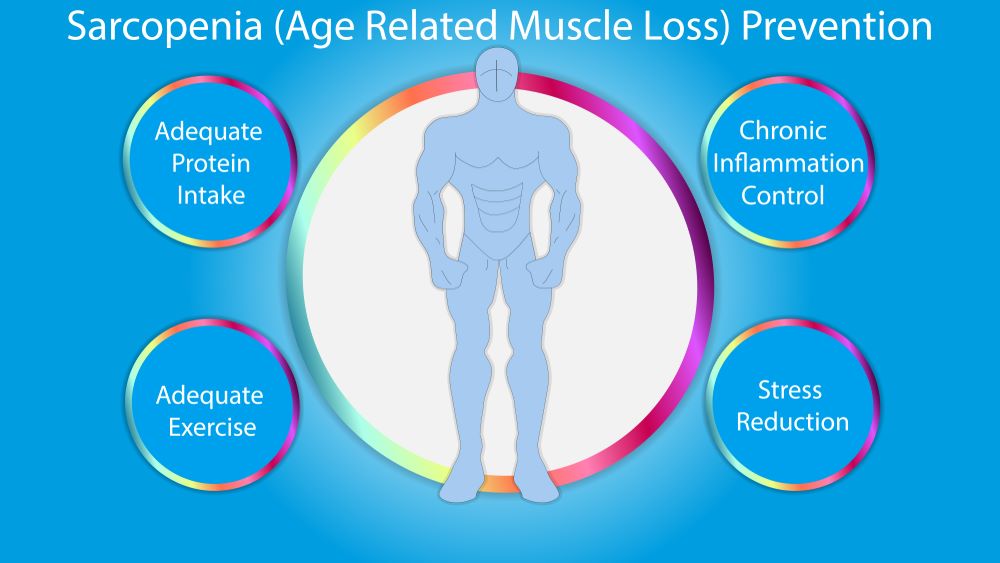Any one at any age can experience muscle loss due to a variety of things such as lack of physical activity, poor eating habits and even certain medical conditions. However, the kind that is primarily associated with the process of aging is referred to by doctors as “sarcopenia”.
Usually, loss of muscle mass due to aging usually comes into being around the age of 40. When the person reaches 60 or 70 years of age, sarcopenia tends to progress dramatically. It is said that a person may lose anywhere from 3 to 8 percent of muscle mass with every decade that passes, although the rate may vary from one person to the other.
This article will tell you some of the most important matters you need to know about it, including the causes, risk factors, symptoms and remedies.
Got family members and friends who are 40 and above? Then make sure that you repost this article later on before you go so that they may also get introduced to sarcopenia which they may encounter sooner or later.
Causes
Just like what’s mentioned above, sarcopenia is muscle loss as a result of aging. But what exactly makes the process of aging to cause sarcopenia?
According to health authorities, it can be blamed on:
- Reduced number of muscle fibers
- Reduced size of muscle fibers
It’s the combination of reduced number and size of muscle fibers that can cause the muscles to shrink considerably. These changes in the number and size of muscle fibers are linked to all kinds of bodily changes associated with aging, such as hormonal imbalance and the reduced ability of the body to produce or utilize muscle-building amino acids.
Risk Factors
Definitely, the primary risk factor for sarcopenia is old age. Just like what’s mentioned earlier, it tends to begin when a person reaches 40 years of age. Rapid progression of it can be expected when he or she turns 60 or 70 years old.
There are many other known risk factors for sarcopenia, and some of them are:
- A sedentary lifestyle. Failure to get enough physical activity or regular exercise can cause the muscles to shrink.
- Unhealthy eating. It’s a must to have well-balanced meals in order to have the body supplied with various nutrients necessary for building and maintaining muscles.
- Not eating enough. A lot of older people tend to have reduced appetite, keeping them from getting enough calories necessary for repairing muscles.
Symptoms
According to health experts, the symptoms of sarcopenia tend to vary from person to person — it all depends on how much muscle mass the individual has already lost.
However, those who are suffering from sarcopenia tend to share these symptoms:
- Decreased muscle size
- Weight loss
- Physical weakness
- Reduced endurance
- Poor balance
Weakness brought about by sarcopenia can keep the affected individual from engaging in various physical activities or exercising on a regular basis, and this can cause the muscles to shrink further as they are not being used which is vital for increasing or maintaining their mass.
Remedies
To date, there is no known treatment for sarcopenia. Doctors, however, suggest hormone replacement therapy (HRT) as hormonal imbalance is one of the major causes of muscle loss associated with the process of aging.
Various remedies for sarcopenia are being recommended by health experts, and they include:
- Healthy eating. It’s important to have a well-balanced diet to make sure that the body is being supplied with the nutrients it needs to keep the muscles intact.
- Regularly exercising. In order to keep the muscles around, it’s a must for them to be used on a regular basis. This is why exercising regularly and leading a physically active lifestyle is highly recommended for those who are experiencing sarcopenia.
- Supplementing. There are supplements on the current market that can help to prevent muscle loss, and some very good examples are creatinine and protein shakes. However, before taking any supplement one must first seek the permission of his or her primary care provider.
